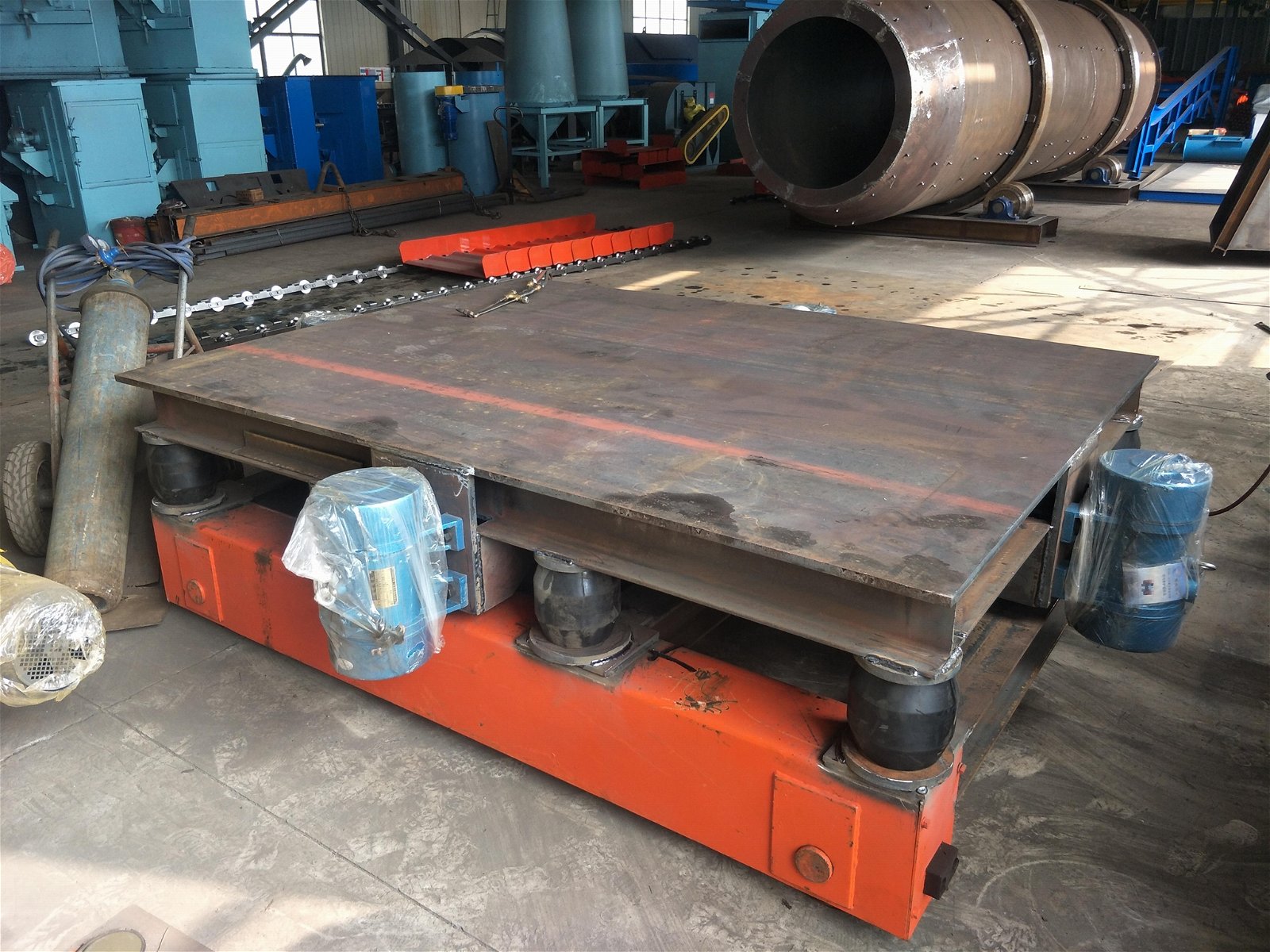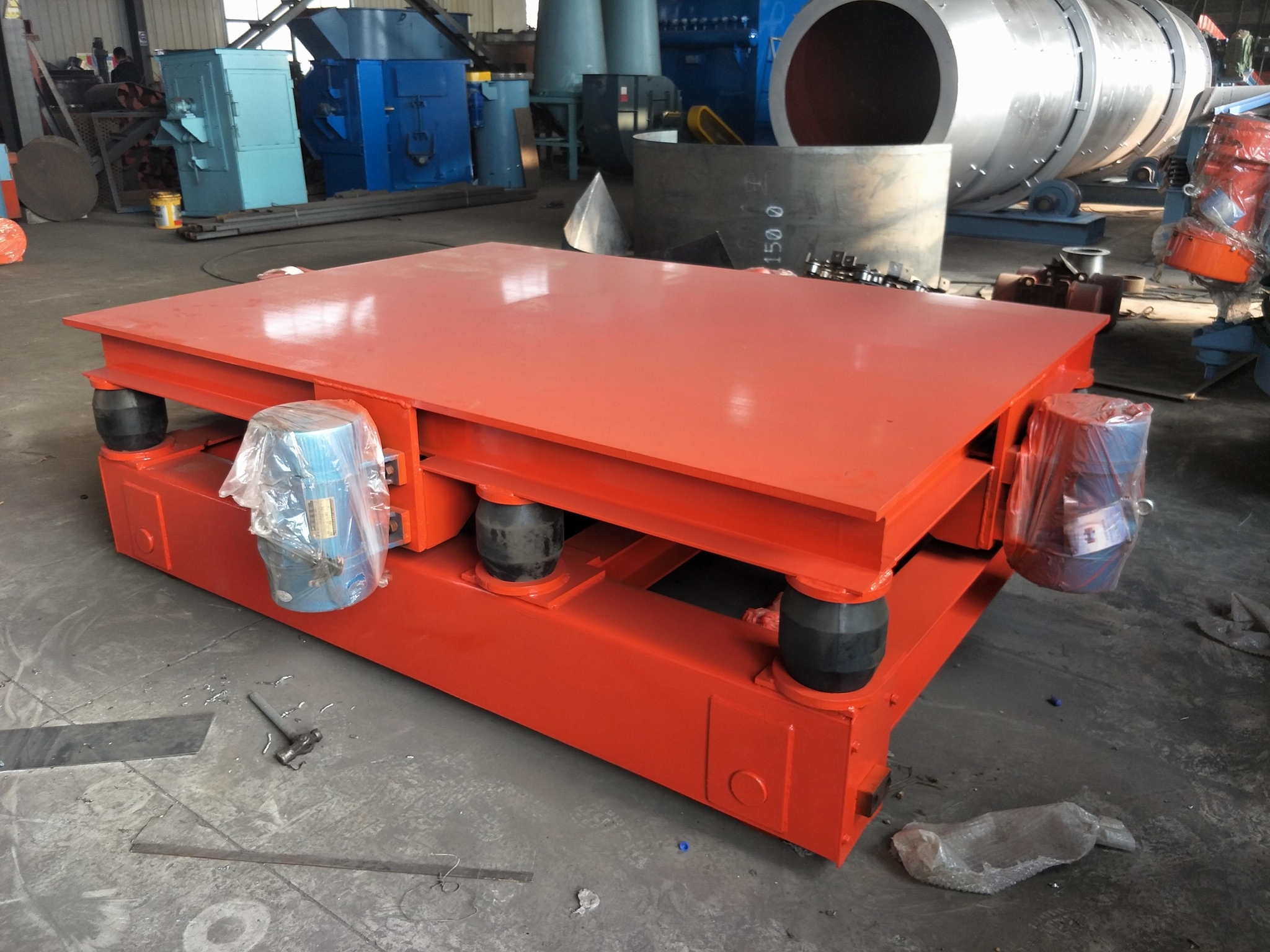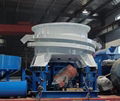The three-dimensional vibrating table is usually excited by 6 sets (3 groups) of vibration motors. When the dual motors rotate in the opposite direction, the vertical vibration is the superposition of the two motors, and the vibration model is one-dimensional linear vibration; when the dual vibration motors rotate in the same direction or the single motor rotates, larger horizontal vibrations can be obtained. The model is a two-dimensional ellipse. During production, the operator can control the operation of the motors in different directions (X., y, z) to meet the filling and compaction requirements in different directions. Most three-dimensional vibrating tables can realize vibrations in three single directions of X, y, and z and compound directions of xy, XZ, and xyz in a certain combination and sequence.












